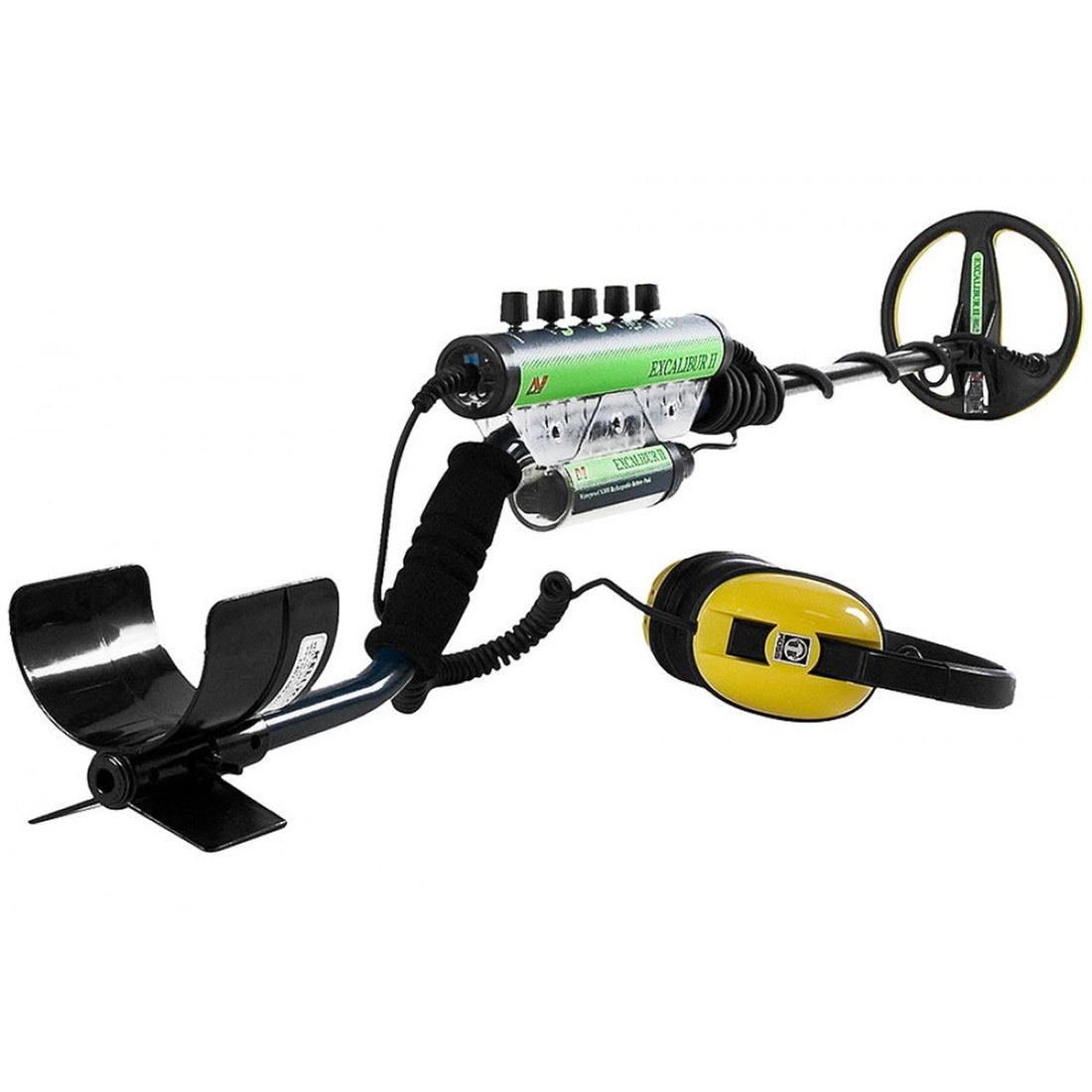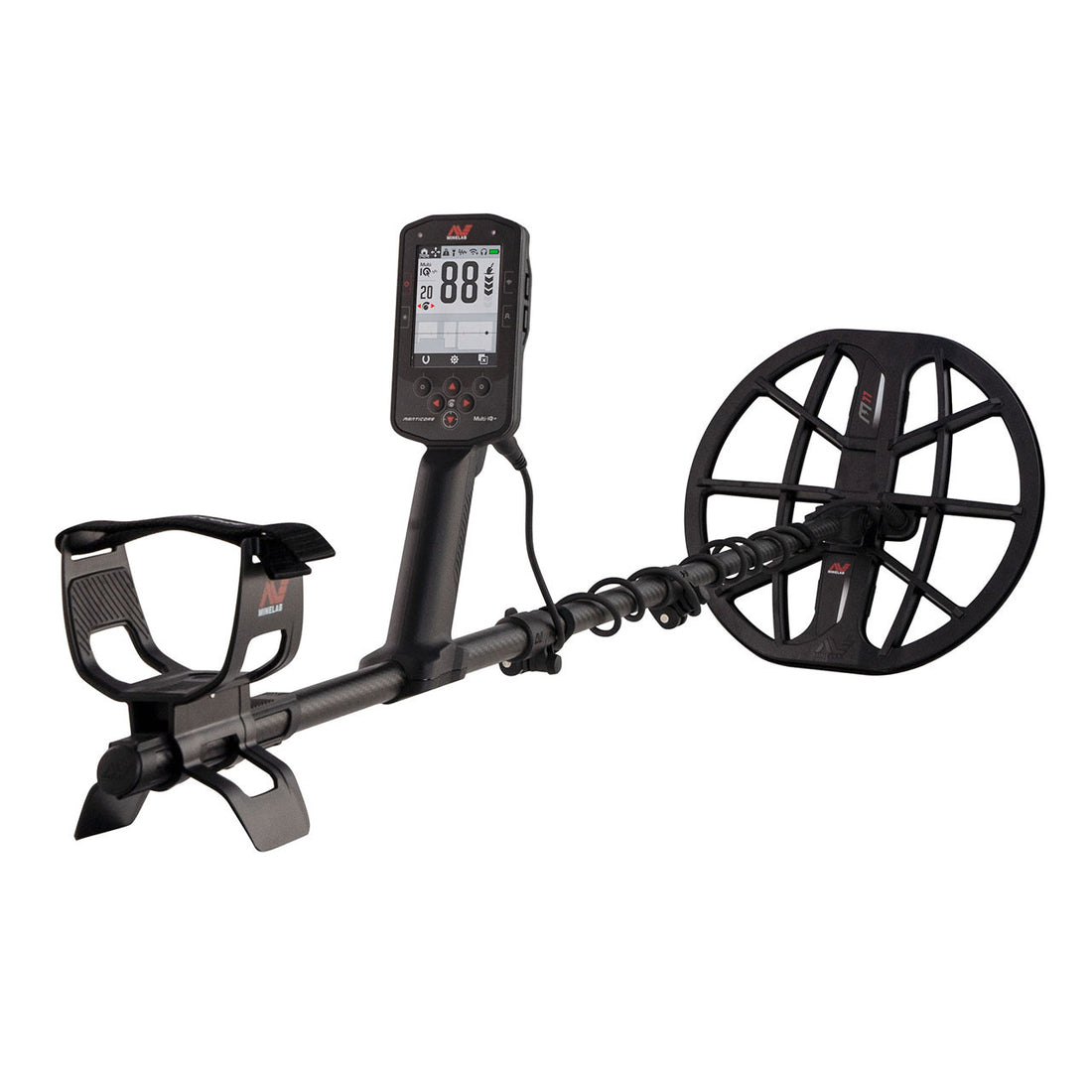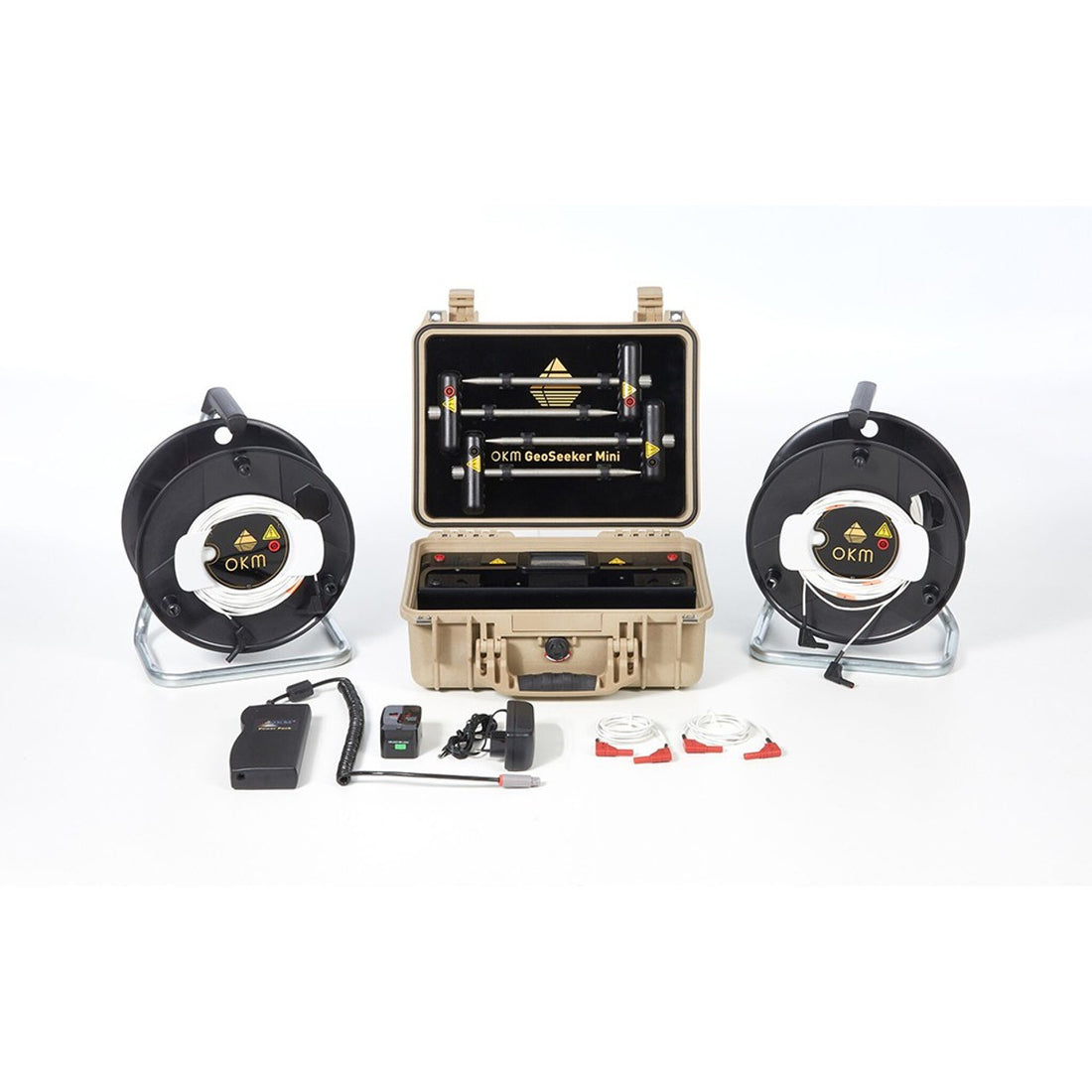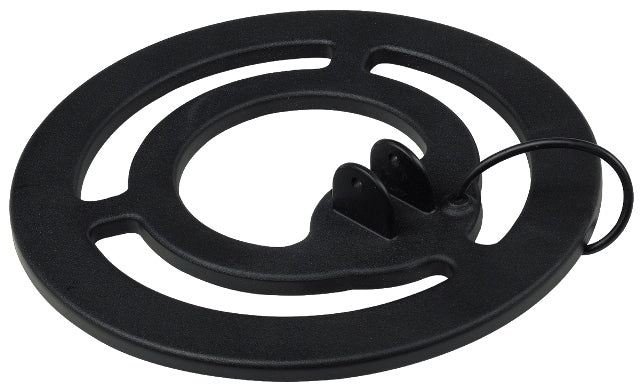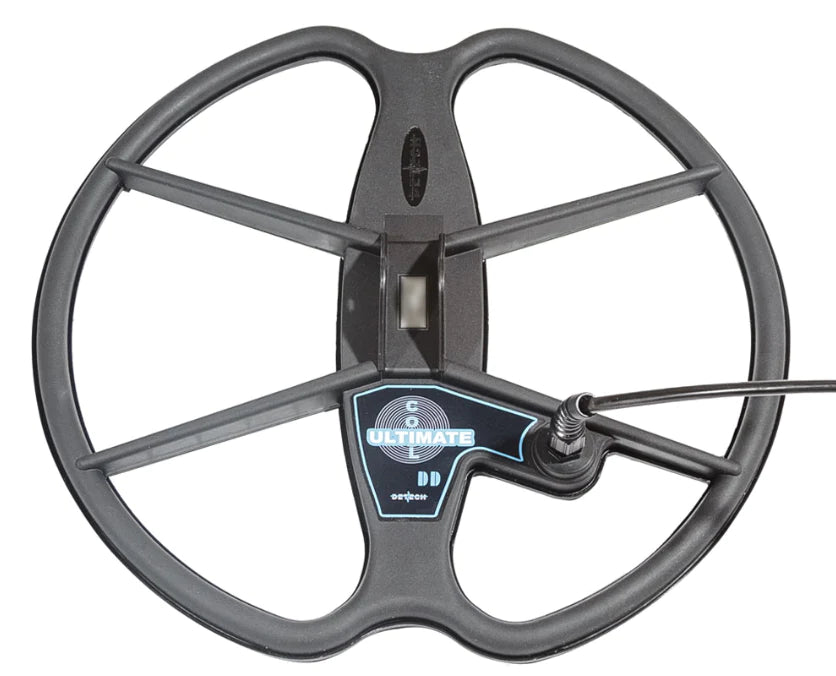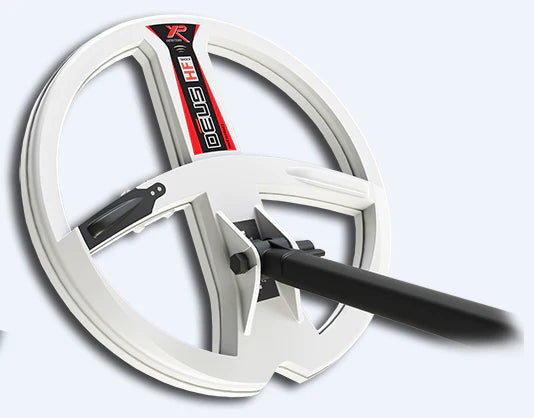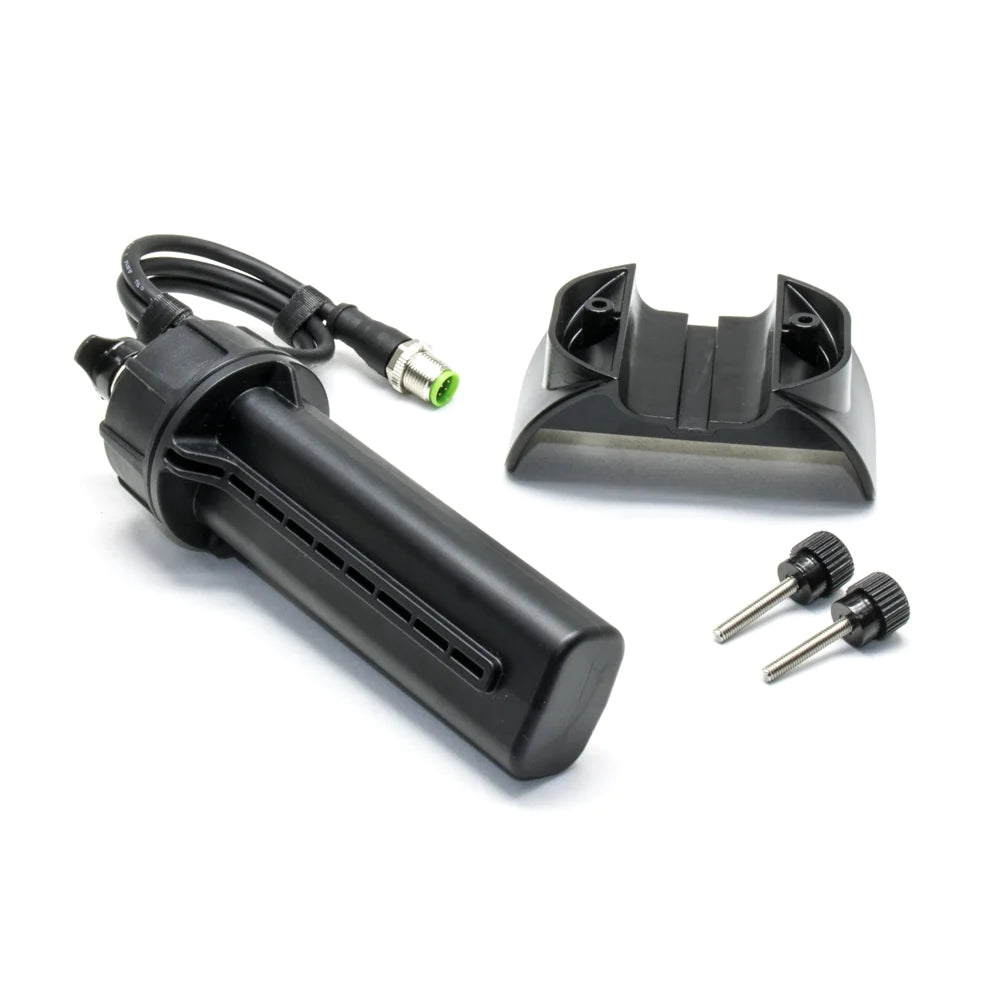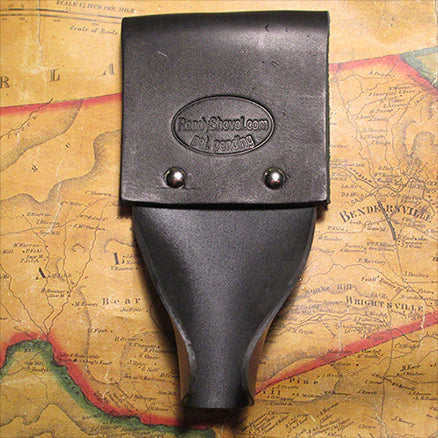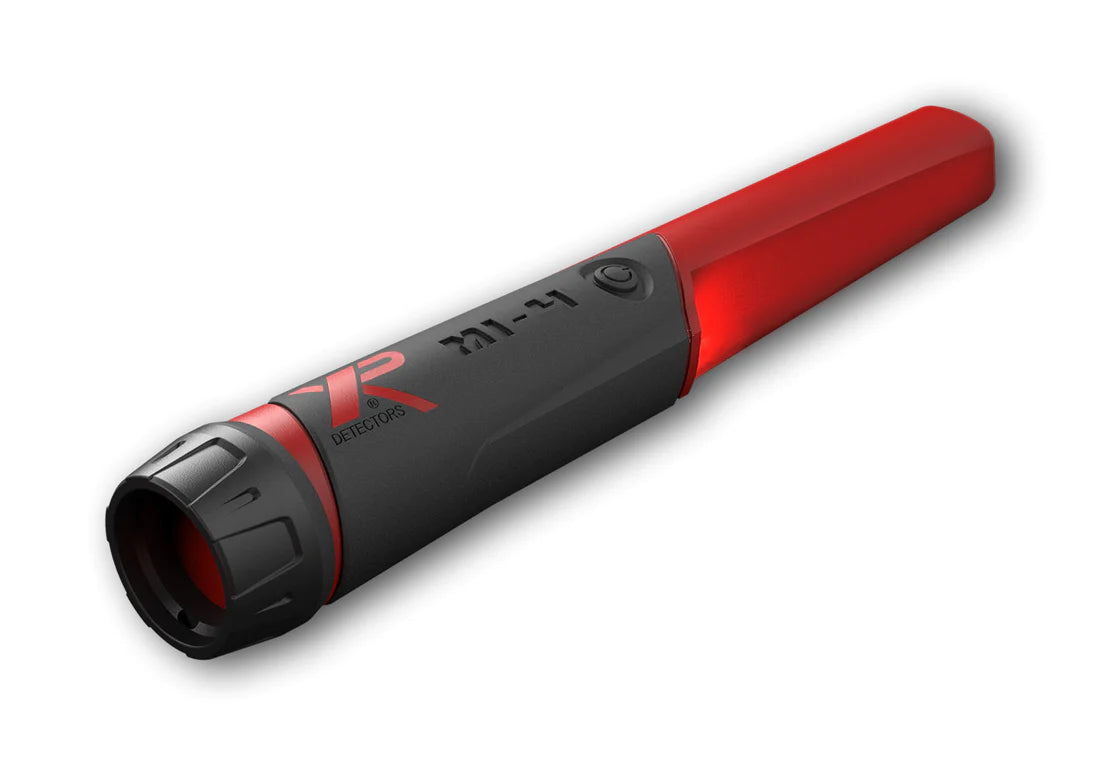F-75 Peak Performance
F-75 Peak Performance
Disc 6 & mandatory monotone relic hunting justification
Click here to purchase the Fisher F75
When the F-75 is placed on a Disc setting of 6 and monotone, this set-up configuration allows (under MOST circumstances) the best iron see-thru ability in locating non-ferrous targets in areas that are loaded with ferrous (usually nails) targets. The older the site, the more nails will be present and subsequently, the more good targets will be masked. Most detectors will shutdown under these scenarios. The F-75 (and the T-2) are the only detectors currently available on the market that begins to tackle this type of extremely common scenario with some unmasking success.
With F-75 Disc on 6 and monotone audio, the moment you invoke a different tone option, say 2-tone, 3-tone, 4-tone, etc., the audio portion of the Disc, even though Disc is set on 6, will instantly become a Disc setting of 15. What does this mean? Any target that is between a Disc level of 6 thru 15 will now audibly report as a low tone (iron tone). BIG PROBLEM for a multiplicity of reasonings. Any target that is ABOVE a 15 VDI reading MIGHT report a higher tone depending on what tone option is invoked. Most folks do not dig iron and most folks WILL miss masked non-ferrous targets when multitones are selected. To explain, I will use an example that happened to me. I recently recovered a badly masked Barber dime. When I first detected this severely handicapped dime, the F-75 was in monotone, Disc 6, PF and Sens on 99. In monotone the dime AUDIBLY sounded good. I was going to dig this target but the VDI was terrible. It would/could NOT lock on to anything close to resembling a highly conductive piece of silver. I then invoked 2-tone leaving ALL other settings alone. Now the dime was constantly audibly reporting as low-tone (iron-tone) even as I rotated my body around target. The VDI was jumping all over the board, but mostly in the iron ID range. I made the decision to NOT recover the target, primarily due to low iron-tone and walked away. Several hours later, I decided to go back and recover this target (and MANY other similar responding targets) with F-75 back in monotone. The results were one 2” nail, two 1/2” long nails, and one 1893 'O' Barber dime. Yep, MOSTLY iron, but certainly not ALL iron. The 2-tone mode did not lie. Justification = the composite of the 4 targets (3 nails & one dime) were higher in conductivity than any one of the nails individually but TOTAL conductive composite was HIGHER than any nail (or combination of nails) would have cumulatively registered. Because I (and the detector) knew that the detected target (suspected co-locate/composite of multiple targets under coil) were higher than the conductivity of most nails yet STILL ID'd in the Fe/iron range, this target was needing recovery. Good thing! Selecting any other tone option and the detector would audibly report the composite as lowtone/iron-tone. Yes, the F-75 will still unmask more nonferrous targets than other detectors if 2- tone or multiple tones are selected. However, a substantially greater level of unmasking performance can be ascertained when the unit is placed in monotone. The same results can be achieved on the the T-2 with a Disc setting of 21. Having the ability to adjust how MUCH iron you choose to discriminate is a major attribute. Small iron items such as nails, will Disc out at a fairly low iron Disc range. This is approximately 10% of the F- 75's capabilities. In addendum:
- On both the T-2 & F-75, running a higher Sens gain in the trash (especially iron) presents a MUCH enhanced resolution on non-ferrous targets amongst iron. This is a paradoxical contradiction; what is, but should NEVER be. Next time you find a non-ferrous target amongst high iron trash concentration (with high Sens settings), drop the Sens and see what happens. The non-ferrous target audio resolution will decrease and possibly even disappear completely. It depends how badly masked the non-Fe target is. The more masking, the HIGHER the Sens needs to be on the T-2/F-75 (this is not a typo)!
- The mandatory monotone instruction is primarily for iron nail pits. Long description: If a non-ferrous target is colocated in very close proximity to iron/multi-iron scenario then as you rotate your body around the composite target the audio will be bouncing between all of the different tones (same with VDI) and each tone being exceptionally short in duration. You may even encounter a multi-tone audible reporting in ONE sweep of the coil! Surely enough to confuse most detectorists into a NON-recovery decision as the target is audibly confusing and is not a clean or solid repeatable sounding target (most masked targets are not clean audio targets). Each of the multi-tones reporting will be audibly shorter in duration. A kind of a ratty sounding, bouncing signal. NOW, when monotone is selected/invoked, this SAME composite target(s) will audibly report a LONGER duration SINGLE-tone audible presentation (instead of several shorter-in-length different tones in one sweep of the coil) that will less-likely confuse the operator and authorize the operator to make a much better profiling of the composite target audio signature, with the end resultant being a more intelligible targetrecovery decision from less audible fatigue. Tech Terms; A better signal-tohull emitter correlation. I'd rather hear ONE longer monotone vs. several shorter multi-tones in rapid succession (in a single coil sweep). NOW IMAGINE sweeping the coil in a iron nail pit with 2 or 3 or especially 4 tones selected. A hillbilly jug band!!! Try and make non-fatigued intelligent audio decisions under this common scenario! The VDI is extremely jumpy in iron pits AND SO WOULD BE THE MULTITONES!!! At least in monotone, as the VDI is presenting extreme variances, the one monotone will be CONSTANT and STABLE, even as the conductivity of the multi-target scenario varies dramatically, even with only one sweep of the coil.
- On CZ-3D in the enhanced mode, nearly ALL old and new coins will report as hi-tone. On the F-75 and T-2 you MUST invoke 4-tone which will then cause the OLD coins to audibly report in the 3rd highest tone region (vs. midtone) and the new coins will remain in THE highest tone. If you select 3-tone on T-2/F-75 only the NEW coins will report as high-tone and SOME of the older coins might report as high tone. Most of the older coins would then audibly report as mid-tone (just like the aluminum soda tabs).
- If you run Disc on 0-4 on the F-75, all nails will report as good targets in monotone. With F-75 Disc on 6...MOST (not all) nails will report as a snap-crackle- pop or tick-click (not a solid audio) which, in turn can be ignored. Axe heads, hammers, gun barrels and other large iron targets will give a good audio with Disc on 6 on the F-75 but MOST fields we hunt are not loaded with axe heads, gun barrels and hammers.
- The F-75/T-2 have a tendency to upaverage non-ferrous target ID numbers when near disintegrated iron or bad minerals. VERY common occurrence. It is partial silent masking coupled with conductive target response. I have several documented experiences exactly relating to this. Let's say that you detect a slightly masked silver dime. Normally without being masked, it would VDI at 71 but masked it may now VDI at 89, a somewhat up-averaging VDI common resultant. In both cases, the detector reports hi-tone. No problems yet. A slightly corroded buffalo nickel will VDI at 28 in open air and audibly report as a hi-tone. With this same nickel in the dirt, in a natural setting and partially masked, IT TOO will up-average just like the silver dime, to, say a VDI of 47. Hmmmmmm, now the nickel looks like a soda tab to the detector and the unit will now report the slightly masked nickel as a mid-tone. All of this holds true for other medium conductivity items such as relics & gold jewelry. If you are recovering Mercury dimes at say the 11” depth range, you may want to ALSO recover the 11” depth range midtones as many of these will be the corresponding era Buffalo nickels. The T-2 & F-75 electronic design architect is notorious for up-averaging nonferrous targets in the presence of iron & iron oxides. Not a problem, considering other single freq units would remain completely silent. ALL detectors have a difficult time ID'ing nickels. CZ's do the best ID job, but are not immune to EASILY mis-IDing nickels.
- All-Metal mode is the deepest mode, HOWEVER, coin-sized objects will still ID to depths of only 12” or so. The depth at which a target will properly ID in the ID mode is the same depth it will properly ID in the AM mode (F-75 & T- 2). Yes, targets will audibly report to greater depths in the AM mode but the VDI screen will remain blank on the deeper targets. Now, that being said, IF you are an extremely seasoned hunter you can take advantage of these greater (no VDI) deeper depths. If you can audibly profile deep/weak targets, you are in for some serious enjoyment. Can you tell the difference between a small target that is shallow, such as a lead .22 Short 29Gr rimfire projectile at 4” deep vs. a U.S. nickel at 12” depth? These are both nonferrous targets. And can you tell the difference between a 2-Penny nail at 7” vs. a Wheat penny at 12”? This latter example is the MOST common and MOST important test for the astute Detectorist as it poses the greatest challenge with the most significant rewarding result. Of note: Dinosaurs can be miles beneath the Earths surface; Egyptian sunken cities are dozens of feet Deep; thusly the 100 year-old coins we wish to find are a foot or two deep. NOW, that being said, if you are in a nail infested area, and you do NOTaudibly fatigue easily, IF, IF, IF, you can handle a lot of noise and the detector can handle (not EMI plagued) a Disc setting of 0 and a Sens setting of 99, then hunt in 2, 3, 4 tones (your choice) for the deepies. YES, the detector will mask some targets in this audio selection configuration (ie 2, 3, 4 tones are selected) because any heavily masked target that VDI ID's as a 15 or below will present a iron audio response (example above), BUT, the trade-off is: the F-75 will go deeper just by virtue of the Disc setting being 4 or below (especially 0). Soooooooo, I am saying by this set-up configuration =MORE MASKING, BUT GREATER DEPTH. Hmmmmmmmm, trade-off. Which one does better? Disc 6 & monotone???? or Disc 0 and multitone???? The answer is: They BOTH do!!! I am saying; HUNT the area in Disc 6 & monotone... and perform all of the unmasking that you can. THEN hunt in Disc 0 and a toneoption of your choice... going for all the deepies. NO, you can not have both at the same time. In theory, in an ideal world, targets are spaced far enough apart so as to be single, solo targets, not tilted, not near hot rocks, not near iron, no dirt mineralization etc. This would allow the detector to ID targets with the greatest accuracy. HOWEVER, this is not reality, not the real world. Fact of the matter is, nearly all targets are somewhat/somehow handicapped. First, as a good target (say a coin) is moved closer to any other metallic object, a multiplicity of problems are introduced to the detector. Now add dirt mineralization, tilt the coin, add a hot rock or two, etc., WELCOME TO THE REAL WORLD! This is genuinely what we contend with as detectorists and detector engineers. How do you correct and compensate for infinite unpredictable variables?! Secondly, what may be categorized and classified as “these two targets are too close to each other” to Brand A detector & coil assembly may present different results to Brand 'B' detector & coil assembly. The extremely enhanced adjacent target separation characteristics afforded by a Elliptical Double D Coil vs. a Concentric Coil presents just exactly such a scenario. A coin and a pull-tab, both at a 6” depth and adjacently separated by 6”, poses a severe problem to a 10.5” Concentric Coil but does not even approach “problem” status to a 11” elliptical DD Coil.
Click here to purchase the Fisher F75
When absolute maximum overdriven performance is desired:- Starting point = Factory Preset and Ground Balance.
- Hold coil parallel to ground.... and at a height (approx) 8” above the ground. Do not tilt the coil upward. Increase Sens to 99 and verify detector is audibly stable. This is the FIRST step. (If the detector becomes chattery/unstable, try changing the detector's selectable frequencies (F1 - F7) and see if this helps mitigate the instability. If not, then lower the Sensitivity to the point in which the instability just barely disappears. Hunt with these settings and do not proceed any further with the proceeding steps).
- Next, IF no EMI is encountered with 99 Sens, THEN you may start to bring Disc down. Start with Disc 6.
- IF the detector is still EMI stable, see what happens to EMI stability by lowering Disc BELOW 5. 5 is not the magic number but 4 is. Going to a Disc setting of 4 is where sensitivity receives yet another boost (and USUALLY when you are at a Disc of 4 and ESPECIALLY lower, is where multitone option is virtually required). Set Disc on 4 and verify detector remains audibly stable.
- Now, drop Disc to 3 then 2 then 1 then ultimately 0, and verify audio stability is still retained.
- Now select JE mode and verify detector remains audibly quiet. IF during any of these steps, the detector becomes audibly chattery, you have electrical interference (EMI) and must back-up in procedure until you find electrical stability, and these are the settings you should hunt with.
- Start sweeping the coil with the coil remaining 8” above the ground and verify detector remains audibly stable.
- Start lowering the coil closer to the ground while continuing to sweep and verify detector remains audibly stable. If you manage to get the coil all the way down onto the ground while sweeping and the detector is audibly stable, you are home-free, and have the most powerful relic detector currently on the market. Remember, many relics are very low conductors (in the foil range). IF, while lowering the coil to the ground as you are sweeping, and the detector THEN becomes audibly unstable, you have ground interference, most probably from high volumes of tiny flakes of rust/iron (a VERY common dirt occurrence) which then you must back out of the JE mode.
- It is your choice for tone options. I have YET to be able to handle a nail infested site with the detector in monotone and a Disc setting of 0. This means that you hear absolutely everything. It is not so much that a Design Engineer would overengineer a detector to be audibly unintelligible; it's more a sensitivity function of a gold prospecting capable unit coupled with a extremely fast microprocessor/clockspeed and very tight electromagnetic footprint eminating from the coil. Little flecks of iron will cause this particular detector (F-75 & T- 2) to sound electromagnetically unstable. On a recent hunt, I (as usual) was overdriving the F-75 and in one area it became electrically unstable, or so I thought. Coil in the air and unit was stable. Coil on the ground and not moving and unit was mostly stable. Sweeping coil and EMI interference ensued. Hmmm. Let's dig some of these so-called chatters. Resultant: About every 2” or 3” I was finding #2 lead shot from a shotgun at a depth of approx 1.5”. I quit recovering them once I had about a dozen in my hand. The small spot of land that I recovered/removed these small BB's suddenly had no electrical chatter in this one localized location of coil-sweep.
Exterior of this sans spot the electrical chatter resumed. I knew I was overdriving the F-75 and decided to drop the Sens to a setting of 70 and the perceived electrical chatter (the BB-shot) as coil was being swept, suddenly vanished. I had desensitized the detector enough to no longer detect these small targets and the unit became stable again. Masking was still taking place though. It hurts me to drop Sens to lower levels, however, I could ascertain a more stable/intelligible unit and could then somewhat hunt. Targets beneath these BB's are going to be partially or completely masked.
Another known engineering fact is that a single freq unit has the ability to handle iron better than multi-freq units. Both types of units are still blinded (masked & silent masked) by iron, but the single freq units can ID iron with better accuracy, less falsing, and a hair-splitting Disc setting is more ascertainable with a single freq unit. Something worth mentioning is in reference to the CZ (and nearly all other units). When the coil is passed over a target (or multi-target co-locate scenario), the reporting circuitry will remain silent. When peak signal strength is ascertained, the detector reporting circuitry will STILL remain silent. When the electronics see the received signal strength start to decay (decrease), then, and only then, will the detector take a best-guess and report a target and ID. Keep in mind, if multiple targets are under the coil at the same time, these types of detectors will wait until the largest COMPOSITE signal strength (only one) is achieved. And now the different animals: the T-2 and F-75. Their electronics and audio will fire on ANY target and take multiple snap-shots and report each one. Hence, the F-75 and T- 2 will audibly sound very noisy. Said differently, let's say the dirt is sans except for one single coin target at several inches deep. At a normal sweep-rate, the F-75 and T-2 will fire many many many times (dictated by microprocessor clock speed) on the coin and report each firing individually BUT what do your human ears hear/register? It just simply sounds like one continuous beep to you. It's not! Now pass your coil over many extremely close (and very small) co-located targets with F- 75/T-2 and see if your brain can process at the same speed of the F-75/T-2. You will also notice the VDI jumping radically. Do you think the VDI is incorrect!!!??? These steroiditic detectors (unfortunately) are mentally fatiguing, not because of the detector but due to our ears clock-speed. The CZ's are a MUCH smoother, MUCH better sounding unit and SO much easier to detect/hunt with. BUT, they can be quite blind (easily masked) and can close doors where the F-75/T-2 can re-open hunted-out sites with tremendous success, esspecially with a slower coil sweep-speed in hi trash areas. Which is food for thought.
Happy Intelligent Hunting!
Thomas J. Dankowski
Click here to purchase the Fisher F75
* - Reprinted with permission, 'Fisher World Treasure News' Volume 2 Number 1 - 2009

